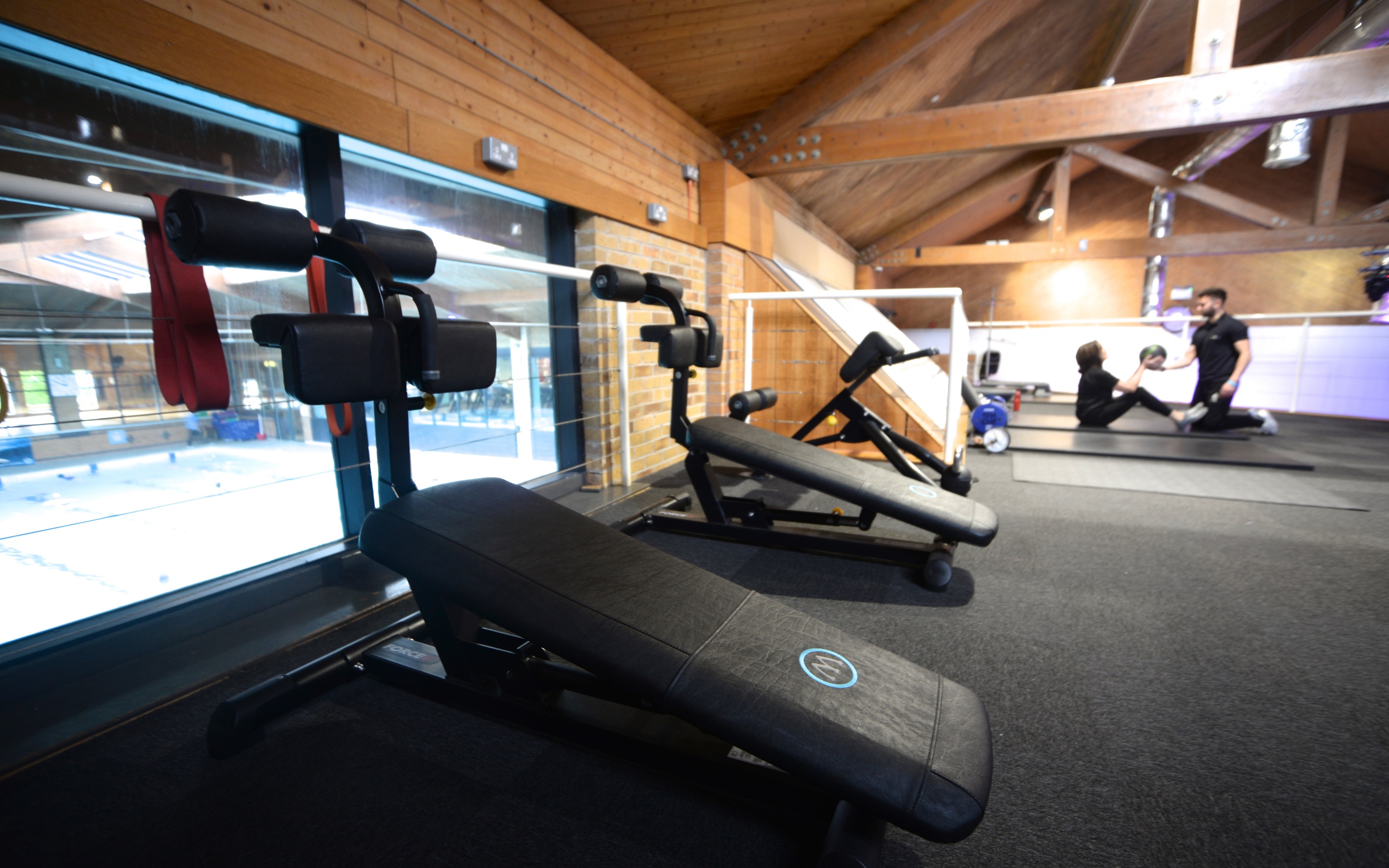
Static Stretching v Dynamic Stretching
One of the biggest mistakes newcomers to fitness can make is skipping warm-up exercises before a workout. Not only is warming up valuable, it’s essential, delivering benefits beyond simply preparing your body for exercise, and extending to issues of safety and performance.
Static stretching
This is what you probably did in your middle school P.E. class: gradually elongating a muscle and holding it for up to 30 seconds. Think side bends or the classic hamstring stretch, where you reach for your toes while sitting on the floor. The goal of these stretches is to release tension, making muscles more pliable and less susceptible to pulls and strains.
Dynamic stretching
Part of the larger category of active warm-ups, this type of preparatory activity involves movement-based stretching like bodyweight lunges and trunk rotations. Additional active warm-ups include sport-specific agility drills, sprints and shuttle runs, jumping rope, jogging, and other low-impact, light effort exercises. The goal is to prime the body for action, and it’s what smart trainers and coaches now recommend that people do not only before competition, but also before every workout.
Active warm-up exercises — especially those that involve dynamic stretching — have the opposite effect, boosting blood flow, activating the central nervous system, and enhancing strength, power, and range of motion. As a result, they offer a host of both immediate and long term benefits.
Click here to watch the video.
